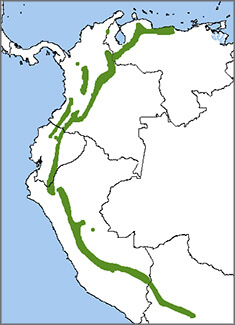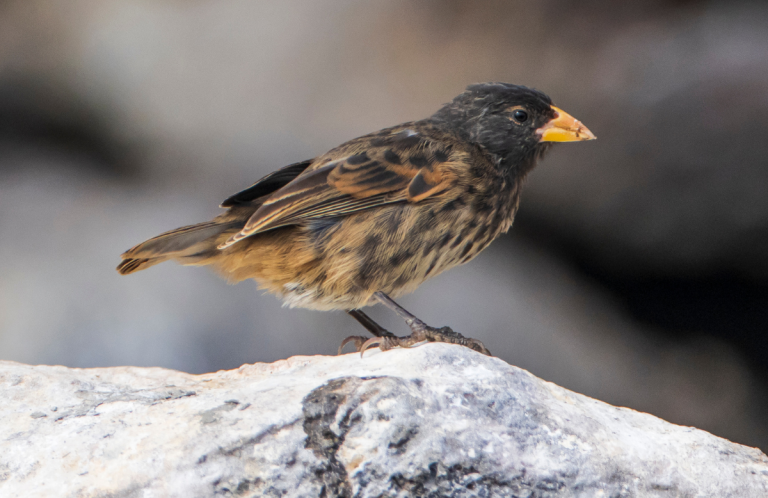 Named for an imaginary spirit of the air, the graceful Long-tailed Sylph is the only member of its genus found on the east slopes of the Andes. Like another incredible hummingbird, the Marvelous Spatuletail, males have a striking tail; the Long-tailed Sylph's is a cascade of shimmering, iridescent blue and green tail feathers.
Named for an imaginary spirit of the air, the graceful Long-tailed Sylph is the only member of its genus found on the east slopes of the Andes. Like another incredible hummingbird, the Marvelous Spatuletail, males have a striking tail; the Long-tailed Sylph's is a cascade of shimmering, iridescent blue and green tail feathers.
Since this species has a fairly short bill, it sometimes pierces the base of flowers to sip nectar, often perching while it feeds. It is an altitudinal migrant, moving up and down the mountain slopes during the year to take advantage of food availability.
The Tails Have It
Male Long-tailed Sylphs have to be a strong and skilled fliers to survive to breeding age. It's thought that female sylphs actually select mates with the longest tail feathers, since they prove a male's level of strength and fitness.
The female Long-tailed Sylph chooses a nest location, builds a nest, and raises the chicks. Males defend a territory, but aside from mating, don't participate in the nesting process.
Like other hummingbirds, including the Esmeraldas Woodstar and Ruby-throated Hummingbird, the Long-tailed Sylph feeds on nectar and insects, often following a regular circuit of specific plant species or feeding sites.
Fairly Common – For Now
Although Long-tailed Sylphs have a large range and are considered to be fairly common, they are suspected to be declining locally due to ongoing habitat loss and degradation caused by agriculture and mining.
ABC and partners protect habitat in many places within this hummingbird's range, including Tapichalaca in Ecuador, Abra Patricia in Peru, and reserves benefiting the Cerulean Warbler and Blue-billed Curassow in Colombia.
Donate to support ABC's conservation mission!




















































